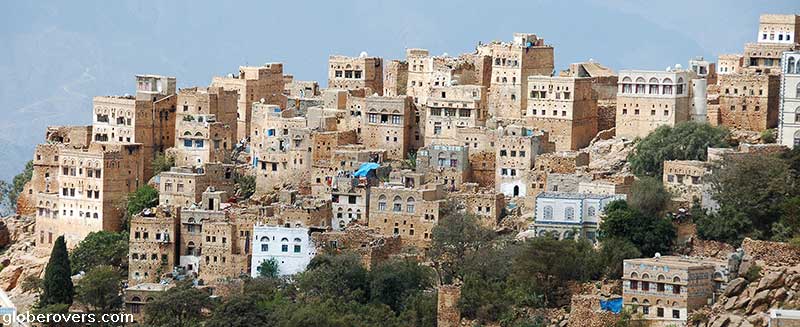
Thula | Kawkaban | Al Mahwit
Departing Sana’a in a northwestern direction leads to the rock villages such as Thula, Kawkaban, and Al Mahwit. These villages are interesting and offer some of the most amazing architecture in Yemen.
They have tourist accommodation which makes a very interesting overnight stay. Dating back to the Himyarite period, which flourished 110 B.C. to 520, the mountain village of Thula is well preserved and has many traditional houses and mosques.

Al-Mahwit is situated around a mountain fortress and is quite isolated. The town lies in the centre of some of the most fertile parts of Yemen and the road from Sana’a goes past numerous fruit, coffee, tobacco and qat fields cultivated on large terraces up and around the hills.
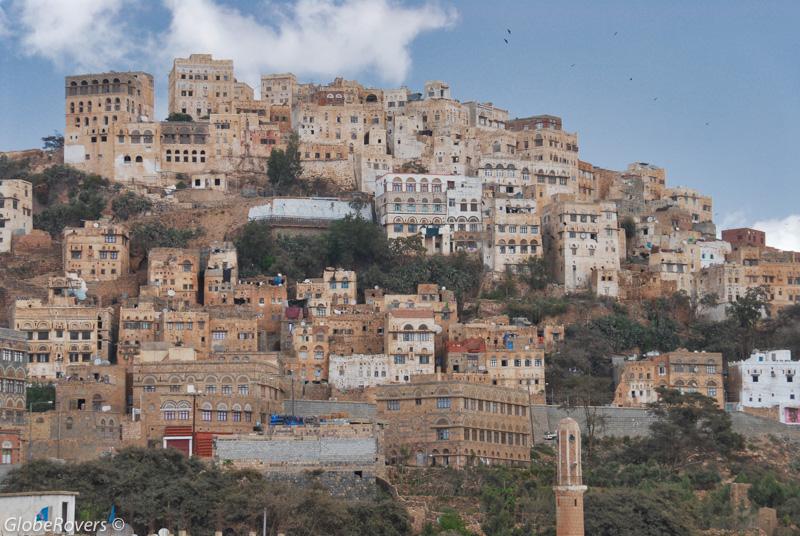
About halfway between Al-Mahwit and Sana’a is the mountain village of Kawkaban. While the village itself is historic and photogenic, the best part of visiting is the stunning views over the valley down below, in particular the views over the small town of Shibam. This is another town called Shibam and not the Shibam of the Hadhramaut Valley in central Yemen. Here one can stand for hours just staring down over the town and the valley.


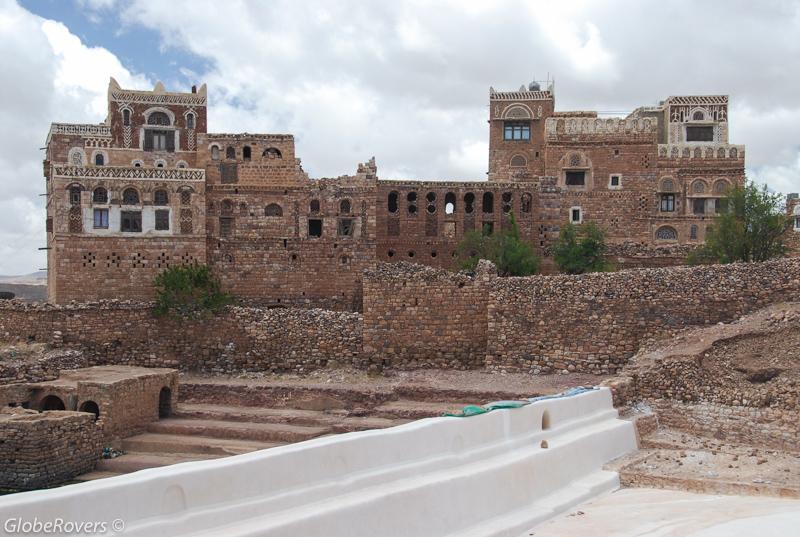


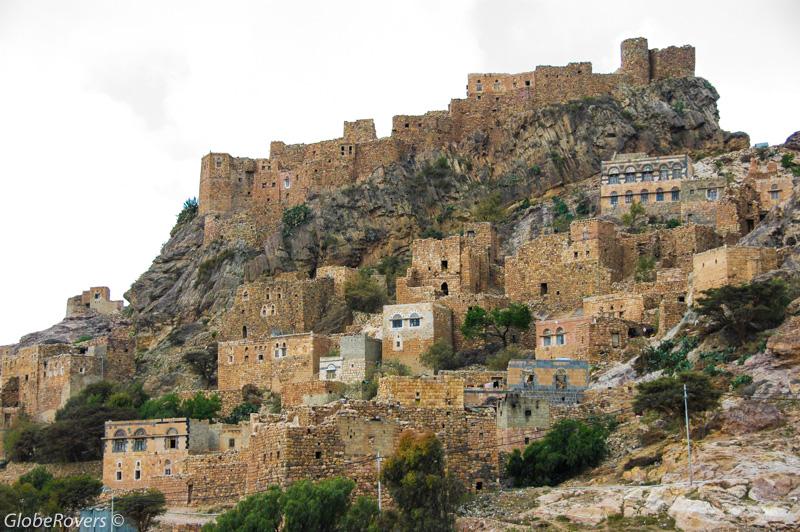
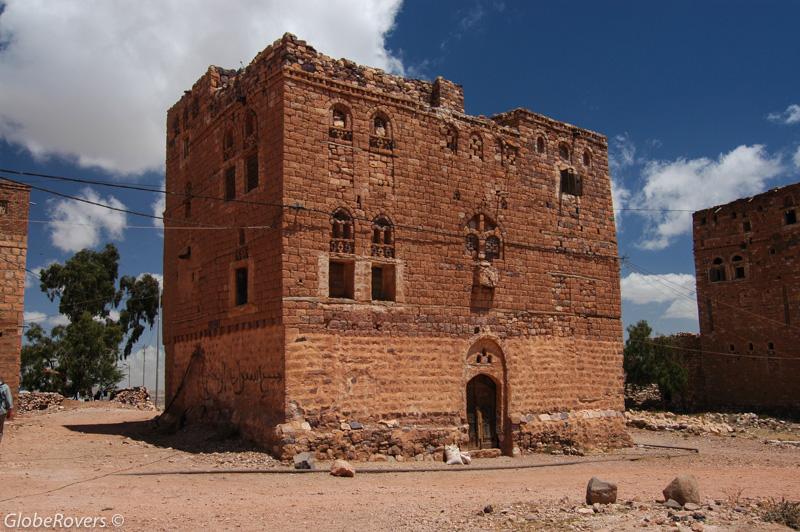
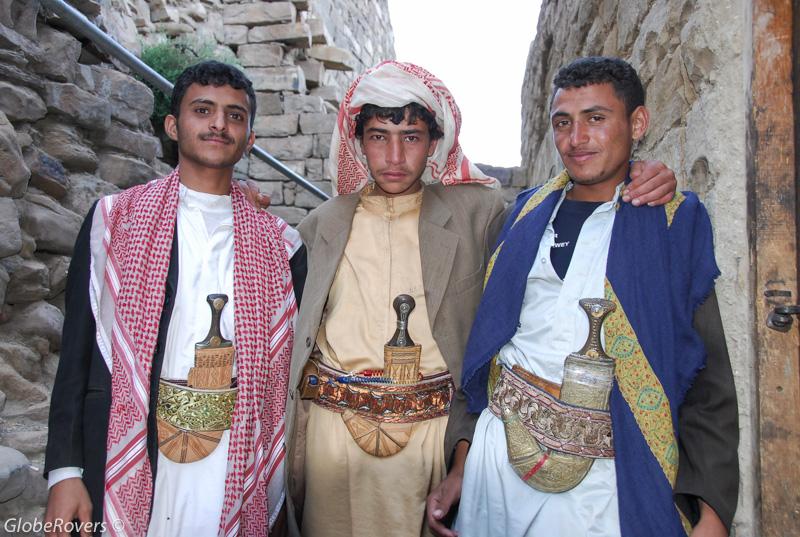
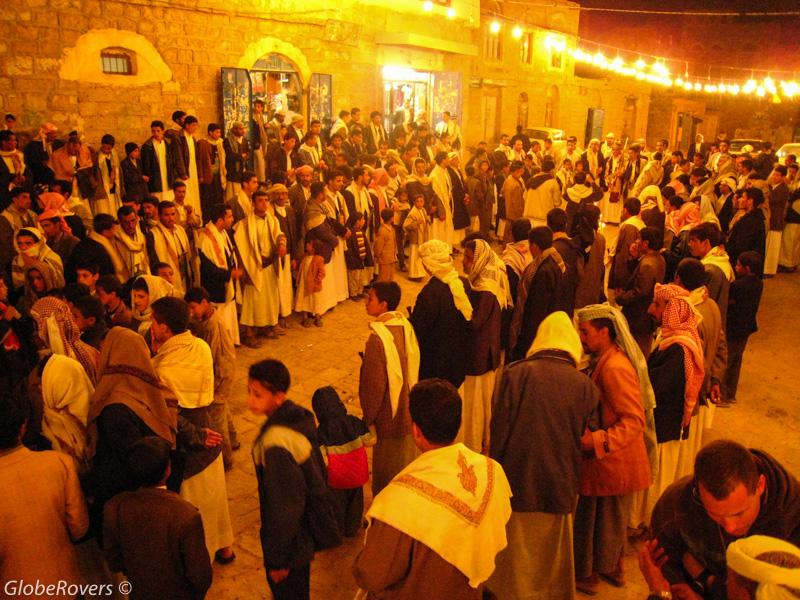

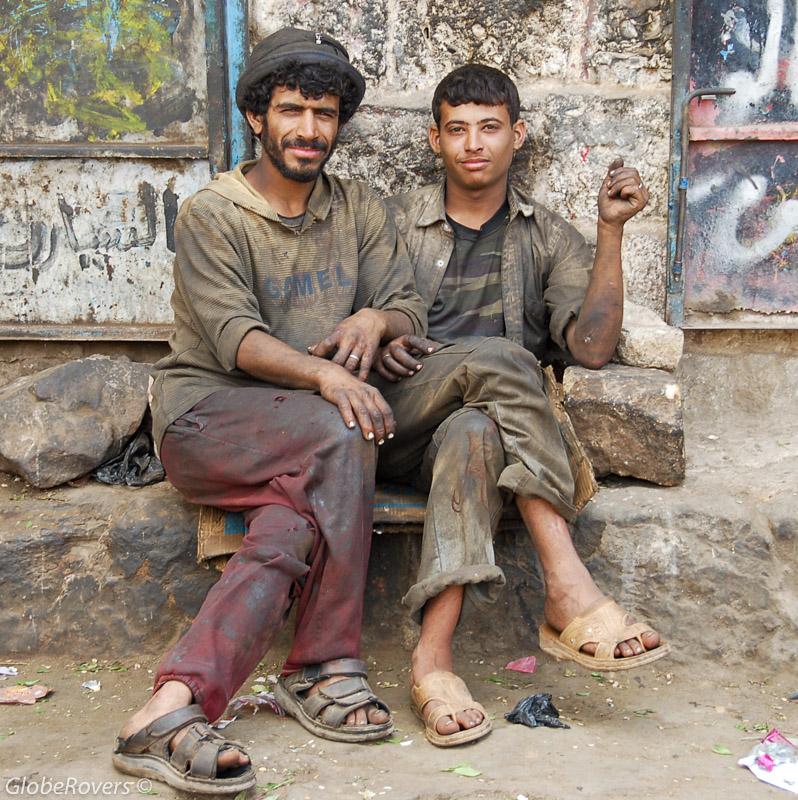


READ the incredible story of this boy: GROWING UP IN AL-MAHWIT, YEMEN




Dar al-Hajar
Closer to Sana’a in the Wadi Dhahr Valley is an iconic symbol of Yemen: the Dar al-Hajar, also known as the Imam’s Rock Palace, as Imam Yahya was its most famous resident.
Yahya Muhammad Hamid ed-Din (or Imam Yahya) (18 June 1869 – 17 February 1948) became the Islamic spiritual leader, Imam, of the Zaydis in 1904 and then the Imam of Yemen in 1918. He then effectively ruled over the mountainous areas of the future North Yemen
What makes this little palace so incredible is that it is perched atop a rock pinnacle and is so exemplary of Yemeni architecture. It just seems to grow out of the rocks on which it is constructed.
Dar al-Hajar (Imam’s Rock Palace) is perched on a rock
in the Wadi Dhahr Valley.
Imam Yahya used the Rock Palace as his summer residence from the time it was built in the 1930s until his assassination with his grandson in 1948. The palace was later restored for visitors and turned into a museum.
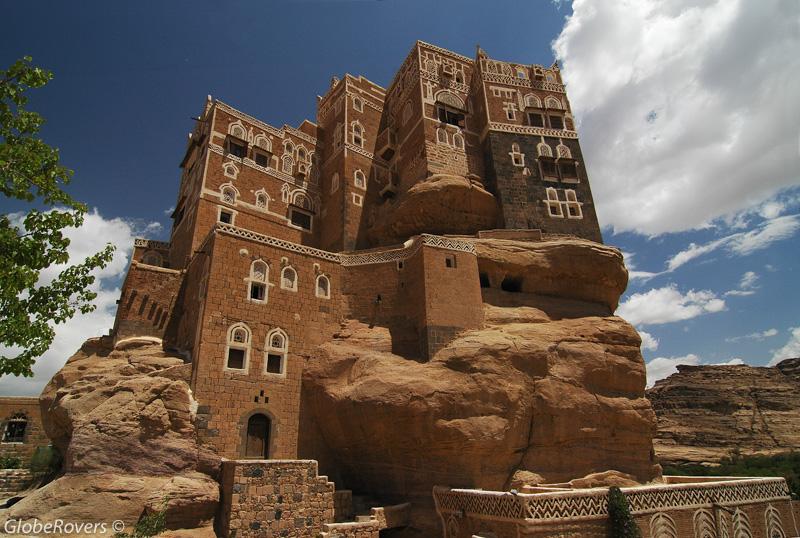

☛ Read more: All Posts about Yemen
☛ Read more: Yemen – Where Time Stands Still
☛ Read more: Sana’a – Yemen’s Ancient City in a Time-Warp
☛ Read more: Yemen’s Hadhramaut Valley
☛ Read more: Growing up in Al-Mahwit, Yemen


READ MORE:
Yemen, A True Travel Story to the Most Dangerous Destination in the World by UNCHARTED BACKPACKER

Blog post and photos by Peter who has been travelling almost full-time since 2005 and has been to over 122 countries. He visited several countries, such as Japan, more than 20 times. Peter is Editor-in-Chief and Publisher of GlobeRovers Magazine, an independent travel magazine focused on intrepid destinations.
